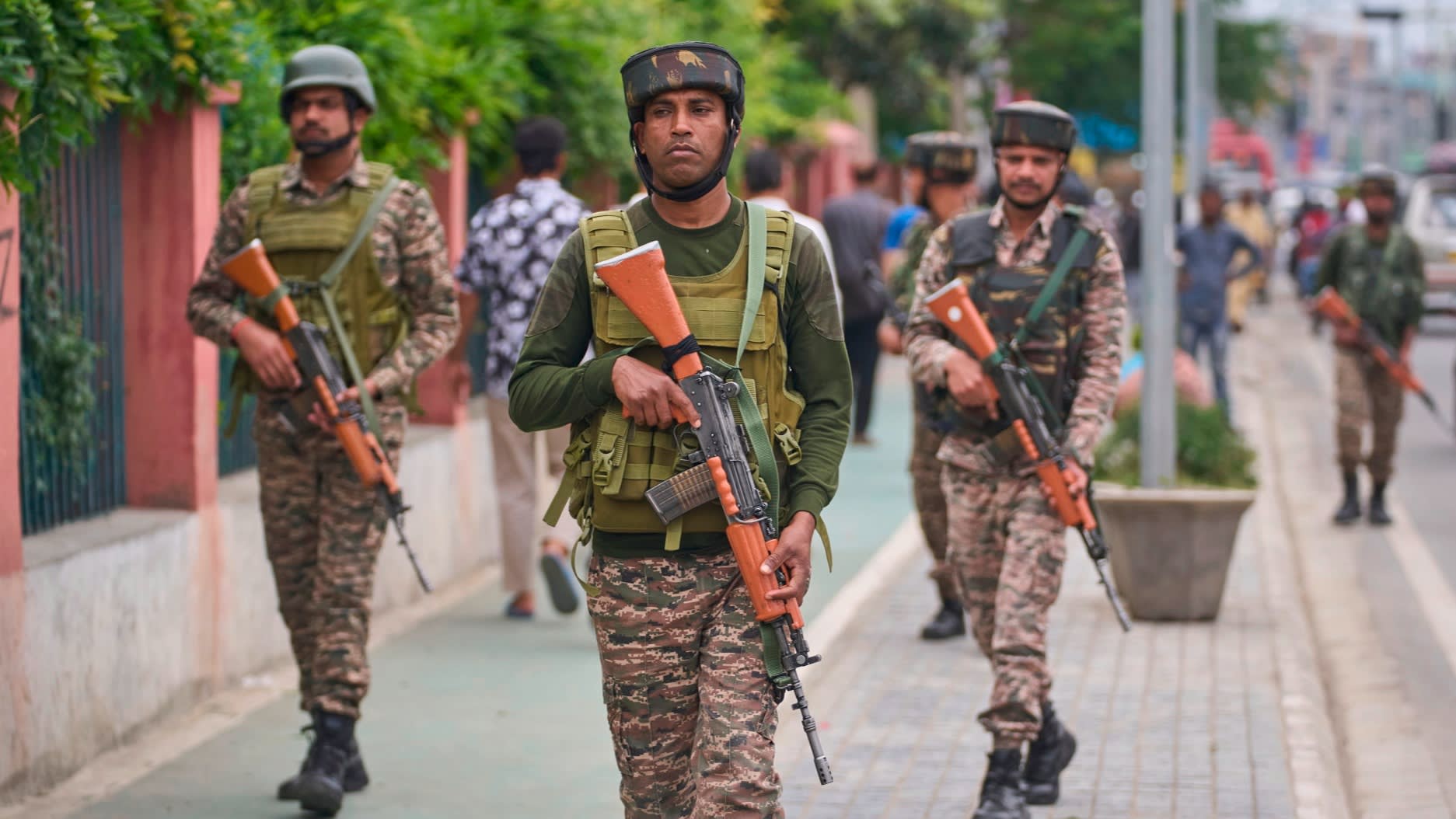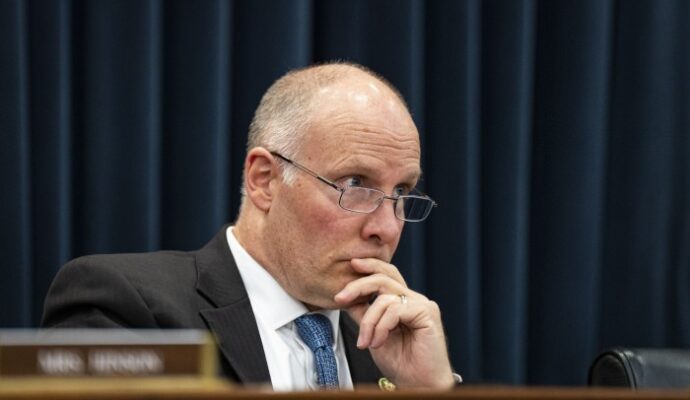
Unlock the Editor’s Digest for free
Roula Khalaf, Editor of the FT, selects her favourite stories in this weekly newsletter.
The surge in tensions between India and Pakistan sparked by a deadly shooting in Indian-administered Kashmir last week has not so far sounded the global alarm it merits. The killing of 25 tourists and a resident in the disputed region was the worst terrorist attack on civilians in India since the 2008 Mumbai attacks that killed 166. New Delhi has linked the violence to Pakistan; Islamabad has denied any connection. The nuclear-armed neighbours are in a dangerous stand-off. India’s prime minister, Narendra Modi, has given his army “operational freedom” to respond. Pakistan’s government claimed on Wednesday to have credible intelligence of an imminent Indian military strike.
The dispute over Kashmir, claimed by both India and Pakistan but divided between them, has already sparked three wars. A group said to be linked to the Pakistan-based Lashkar-e-Taiba militant group that seeks to reunify Kashmir — and was behind the 2008 Mumbai attacks — initially appeared to claim responsibility for last week’s massacre in Pahalgam but then said its social media had been hacked. Indian police have named two Pakistani nationals with alleged links to LeT and a Kashmiri as suspected gunmen.
Frictions have rapidly intensified. India downgraded diplomatic relations with Pakistan and suspended participation in a cross-border water treaty. The two sides have been exchanging gunfire across the de facto border in Kashmir.
The last time tensions flared in the region in 2019, when a suicide bomb killed 40 Indian paramilitary soldiers, the conflict was thankfully contained after tit-for-tat strikes. This time the environment is more combustible. The shooting is a blow to Modi’s narrative of normalisation in Kashmir, after he stripped India’s only Muslim-majority region in 2019 of its semi-autonomous status. His Hindu nationalism has become more entrenched and, after an election setback last year, the strongman leader may be tempted to use the crisis to rally support.
Amid domestic discontent and economic woes, Pakistan’s military will face pressure to respond forcefully to any Indian attack, risking an escalatory cycle. Islamabad also has ever closer ties with Beijing, with a leg of China’s Belt and Road Initiative running through Pakistan-administered Kashmir.
Credible mediators, meanwhile, are lacking. Though US secretary of state Marco Rubio urged both sides this week to de-escalate, diplomats feel America is not working the phones as intensively as it did in 2019.
India’s Modi can rightly argue that any leader’s first priority is to protect their citizens. The main opposition has urged him to act strongly to ensure those responsible for the shootings “pay the price”. But getting sucked into an escalatory war, when both sides have nuclear arms, serves no one’s best interest. The prime minister should permit an independent investigation of the attack or publish any credible proof of Pakistan’s involvement.
If New Delhi is determined to respond militarily, any strikes should be carefully calibrated. Targeting terrorist sites, rather than the Pakistani military itself, would send a robust message while still keeping off-ramps open. But as much as possible, New Delhi should explore non-military options. It is showing signs of doing so, suggesting it may oppose a $1.3bn IMF loan to Pakistan — though such loans should not become an instrument of political pressure.
International hopes a few years ago that the US and China could together play a more constructive diplomatic role in south Asia have come to little. It may fall largely to New Delhi and Islamabad to resolve the current clash without allowing it to spiral out of control. Diplomats see some signs, behind the martial public rhetoric, of a desire to do so. But the price of any miscalculation could be catastrophic.


